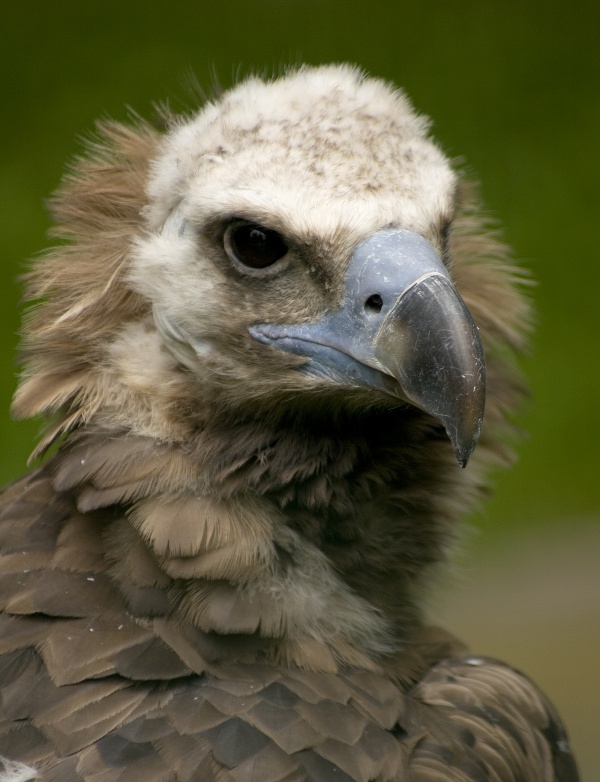Facts About Cinereous vulture
The Cinereous Vulture, also known as the black vulture, monk vulture, or Eurasian black vulture, is an impressive bird of prey found across much of temperate Eurasia. Part of the Accipitridae family, it is one of the two largest Old World vultures. The name "Aegypius" originates from Greek, meaning 'vulture.'
This bird is notable for its dark brown feathers, pale head, and bluish-gray skin on its head and neck. It is a formidable creature, with males weighing between 6.3 to 11.5 kg and females between 7.5 to 14 kg, making it one of the heaviest flying birds in the world.
In terms of its phylogenetic lineage, the Cinereous Vulture is an Old World vulture and is only distantly related to its New World counterparts. These birds are found from Spain and Portugal extending to parts of Asia, although their populations in Europe are somewhat fragmented. They favor hilly and mountainous regions with minimal human interference, where they can search for carrion undisturbed.
These vultures breed in loose colonies, constructing their nests in trees or on cliff ledges. Their breeding season extends from February to September or October. While they primarily feed on carrion, they occasionally hunt live animals such as calves, piglets, and birds. Unfortunately, threats like habitat destruction, poisoning, and hunting have led to a decline in their numbers. However, conservation measures, including protective strategies and feeding programs, have yielded positive outcomes, particularly in Spain.
The Cinereous Vulture also holds a place in culture and mythology, with some references in Hebrew texts where the term for "eagle" might actually denote this vulture. As of the early 21st century, an estimated 4,500 to 5,000 Cinereous Vultures remain in the wild. Ongoing conservation efforts aim to protect and preserve this magnificent bird.

 Russia
Russia